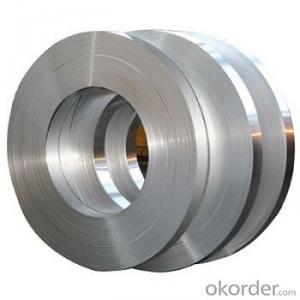Aluminum, a lightweight, versatile, and durable material, has become an integral part of modern architecture and construction. Its unique properties make it an ideal choice for various applications, from structural components to decorative elements. Let’s dive into the world of aluminum and explore its role in shaping the built environment we live in today.
The Beauty of Aluminum
Aluminum’s natural beauty and sleek appearance have made it a popular choice for architects and designers. Its silvery-white hue can be an elegant statement in any design, and its ability to be painted in virtually any color adds a layer of customization that is unmatched by other materials. The reflective quality of aluminum can also play with light and shadows, creating dynamic visual effects that enhance the aesthetic appeal of a building.
Sustainability and the Environment
One of the most compelling reasons for using aluminum in construction is its sustainability. Aluminum is a highly recyclable material, with the recycling process requiring only 5% of the energy needed to produce new aluminum from raw materials. This makes it an environmentally friendly option for those looking to reduce their carbon footprint. Moreover, aluminum’s durability means that it can last for decades without the need for replacement, further reducing waste.
Structural Integrity and Strength
Despite its lightweight nature, aluminum possesses impressive strength-to-weight ratio. This makes it an excellent choice for load-bearing structures, such as beams and columns, where strength is paramount. Aluminum’s malleability also allows it to be easily shaped into various forms, making it suitable for complex architectural designs that require intricate detailing.
Versatility in Applications
Aluminum’s versatility is evident in the wide range of applications it can be used for in construction. From facades and window frames to roofing and cladding, aluminum can be adapted to serve various functional and aesthetic purposes. Its resistance to corrosion and weathering ensures that it remains maintenance-free and retains its appearance over time.
Energy Efficiency
Aluminum’s thermal conductivity can be both a blessing and a challenge. While it can conduct heat and cold efficiently, which can be a drawback in some climates, it can also be manipulated to enhance a building’s energy efficiency. By combining aluminum with thermal breaks or insulating materials, architects can create systems that minimize heat transfer, thus reducing energy consumption for heating and cooling.
Innovation and Technology
The use of aluminum in modern architecture is not just about its traditional applications. Advances in technology have opened up new possibilities for aluminum, such as in the development of smart buildings. Aluminum’s compatibility with various technologies, including solar panels and LED lighting, makes it a key player in the creation of sustainable and intelligent buildings.
The Human Touch
While aluminum is often associated with industrial and modern designs, it can also be used to create warm and inviting spaces. By combining aluminum with other materials like wood, glass, or stone, architects can create a balance that brings a human touch to the coldness of metal. This fusion of materials can result in unique and personalized designs that resonate with users on an emotional level.
The Future of Aluminum in Construction
As we look to the future, the role of aluminum in construction is set to expand. With ongoing research and development, we can expect to see even more innovative uses of this material. From self-healing facades to adaptive structures that respond to environmental changes, the possibilities are endless.
In conclusion, aluminum’s role in modern architecture and construction is multifaceted. It is not just a material of choice for its aesthetic appeal and structural benefits but also for its sustainability, energy efficiency, and potential for technological integration. As architects and designers continue to push the boundaries of what is possible with aluminum, we can look forward to a future where this material plays an even more significant role in shaping our built environment.

